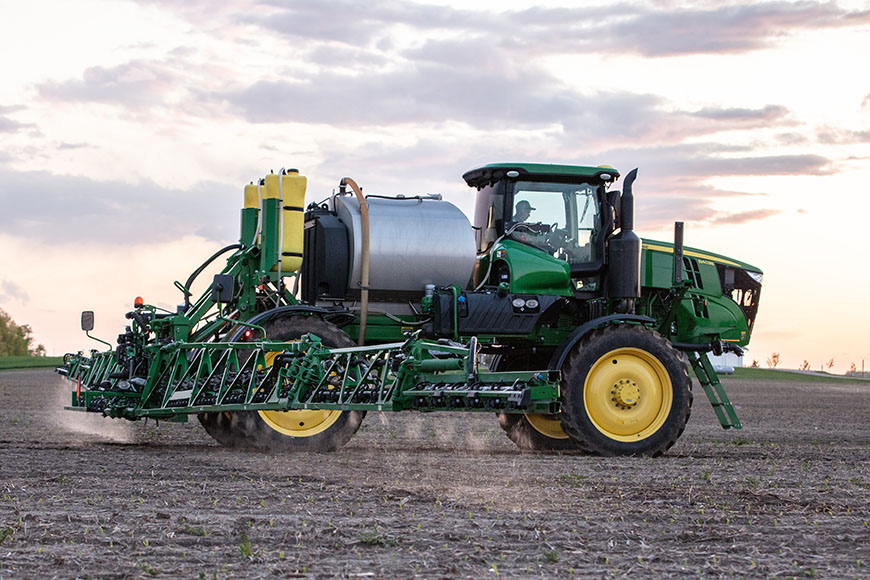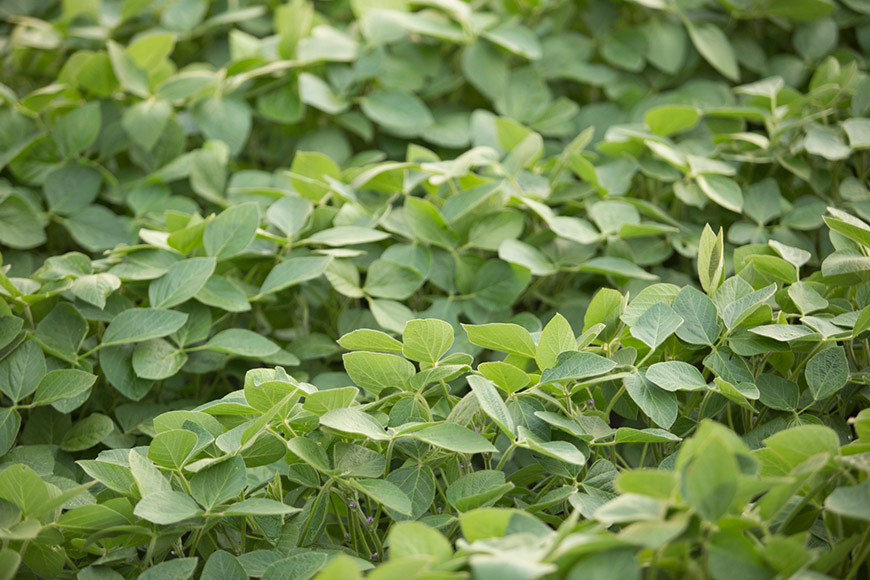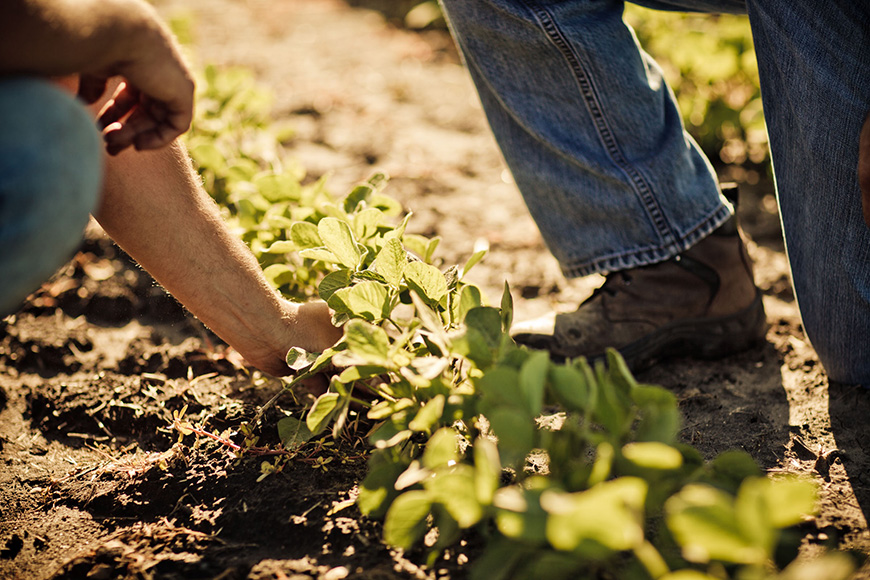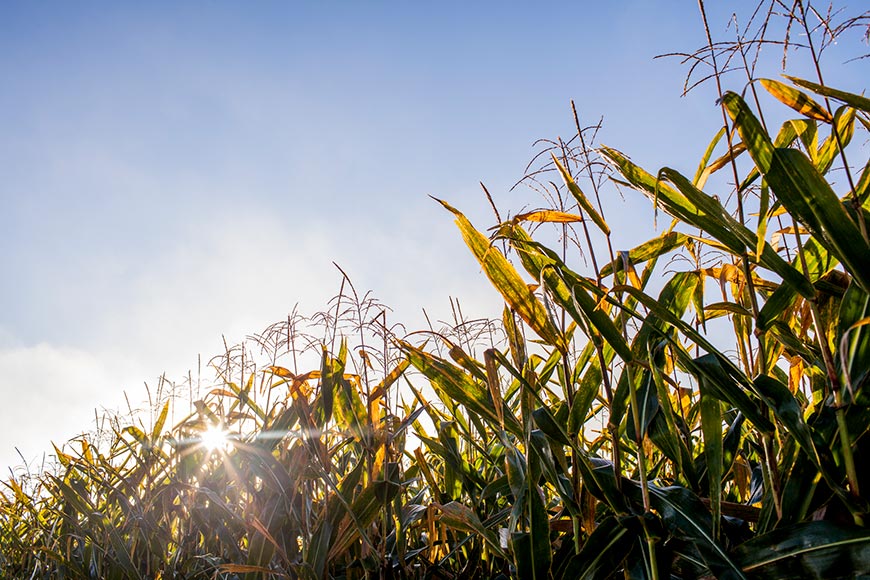Look to Fungicides to Help Manage Disease in High-Value Hybrids
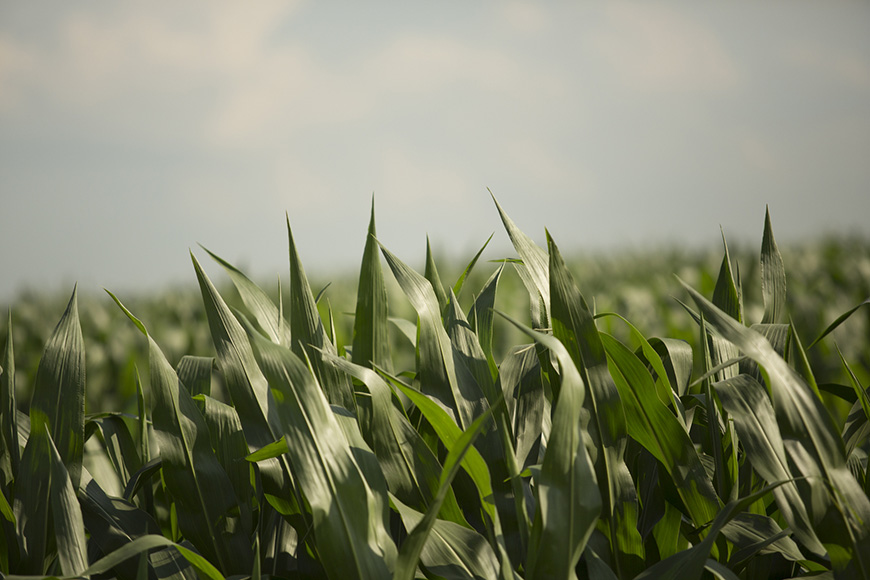
When all the disease triangle components are in place — the inoculum (disease spores), the host (the plant) and the right environment — disease will likely manifest. If we get hot and dry weather, the opportunity for disease usually decreases. Temperatures in the 80s are great for growing crops and, unfortunately, for disease pressure. Add extended wetness to the equation and the chances for disease increase. That’s why it’s important to apply a fungicide, particularly to your mid- to high response-to-fungicide (RTF) hybrids.
For example, in my area of West Tennessee and Kentucky, low-intensity, frequent rainfalls have heightened the prospects for several corn diseases, especially gray leaf spot to appear. We’re also on the lookout for rusts and northern corn leaf blight. Inoculum for northern corn leaf blight remains in our soil year-round. On the other hand, southern rust blows in; it does not overwinter here.
Get the most out of high response-to-fungicide hybrids
Late planting will also cause corn plants to grow quickly, and anything you can do to keep them healthy and optimize biomass during the period of grand growth up through grain fill is a plus. That’s what makes the RTF scores WinField United generates through our Answer Plot® program so beneficial. Knowing your hybrids’ RTF scores enables you to make decisions now on which acres you’re likely to treat with a fungicide regardless of disease pressure and which acres, in the absence of disease, you probably won’t treat.
Choose the right fungicide
With fungicides, you get what you pay for, and your agronomist can help you determine which is best for your needs. Essentially, fungicides fall into three categories as far as effectiveness:
-
Base protection: These would be products like triazoles that have been in the market for many years. They are predominantly curative with a bit of prevention in them.
-
Additional protection: These are fungicides that contain a triazole and a strobilurin, which is a newer chemistry, and would offer both good protection and good control. RustEase® fungicide, Headline® AMP fungicide and Quilt Xcel® fungicide are examples.
-
Superior protection: These are the newer classes of succinate dehydrogenase inhibiting (SDHI) fungicides that also contain a strobilurin and a triazole that allows for better disease control and longer residual activity. Trivapro® fungicide and Veltyma™ fungicide fall into this category.
Time fungicide applications right
Be sure to spray a fungicide on your mid- to high-RTF hybrids even in the absence of disease, because doing so can pay off in all yield environments. The sweet spot for spraying a fungicide on corn is VT to R1. However, if you’re a farmer who is growing high-RTF hybrids and doesn’t have access to an airplane or a helicopter, you can’t get a ground rig through the field at that growth stage. So I recommend putting your ground rig through with a fungicide when your corn is at V10 or V11.
Don’t forget to add an adjuvant like MasterLock® adjuvant to the tank mix to increase canopy penetration and enhance spray coverage. Data from 2019 Answer Plot trials showed an additional 4.7 bushels per acre across tested hybrids when MasterLock was included in the fungicide tank mix compared to no MasterLock in the tank.1 Fungicide applications are too important to not have them hit your intended target.
Talk with your local trusted advisor about the best way to help protect your high-value hybrids from disease this season.
-
WinField United. 2019 Answer Plot data, 12 states.
All photos are either the property of WinField United or used with permission.
Important: Before use always read and follow label instructions. Crop performance is dependent on several factors many of which are beyond the control of WinField United, including without limitation, soil type, pest pressures, agronomic practices, and weather conditions. Growers are encouraged to consider data from multiple locations, over multiple years, and be mindful of how such agronomic conditions could impact results.
© 2020 WinField United. Answer Plot®, MasterLock®, RustEase® and WinField® are trademarks of WinField United.
Headline® is a registered trademark of BASF and Veltyma™ is a trademark of BASF.
Quadris® and Trivapro® are trademarks of a Syngenta Group Company.


